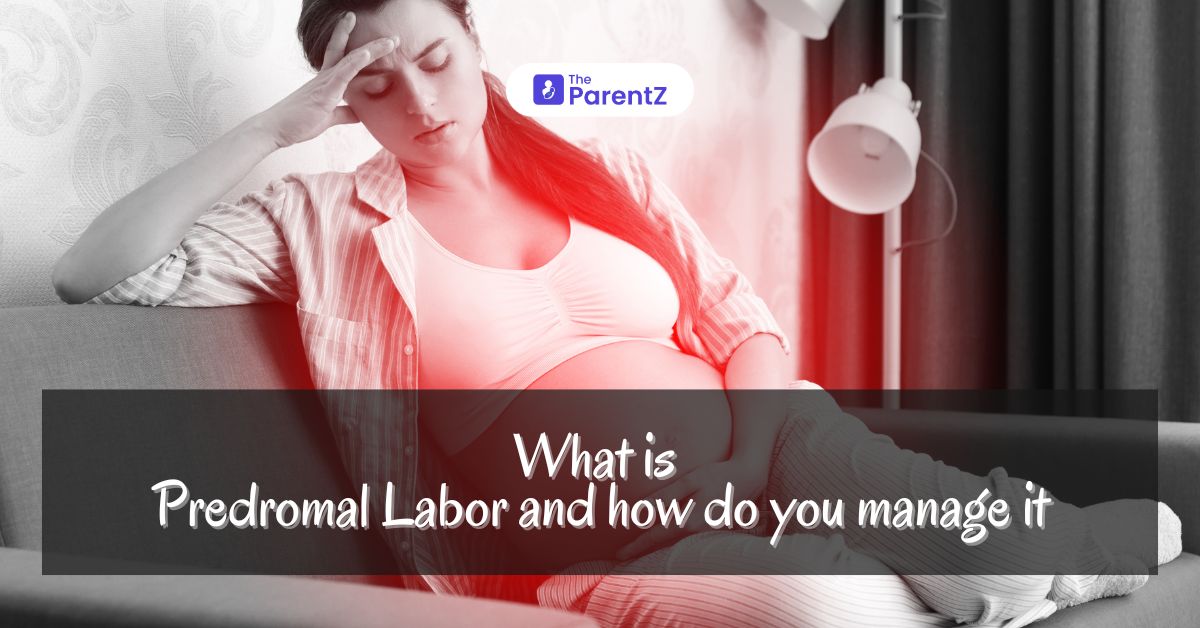Prodromal labor, also known as ‘false labor’, can be an exhausting experience for expecting women. Nearly 20 percent of pregnant women experience prodromal labor during pregnancy.
Read below this article to learn about prodromal labor in depth.
Prodromal Labor: What Is It?
Pre-labor, or prodromal labor, basically refers to the phase that begins days or weeks before actual labor starts. This labor phase is typically characterized by strong contractions that are exactly similar to the real deal. However, it does not lead to childbirth.
Signs of Prodromal Labor
Here are a few indications you might be going through prodromal labor.
- Painful contractions at regular intervals, which may feel quite strong.
- No changes in the cervix can be seen despite the intensity.
- There is a predictable pattern in the occurrence of prodromal labor. It may even happen at the same time each day.
- Contractions may last for hours and then end abruptly.
Reasons Behind Prodromal Labor
While several factors may contribute to it, some of the key reasons behind it are given below.
- If the baby is not positioned in the proper position, your body is probably trying to adjust the positioning via contractions.
- Physical stress can be a trigger for prodromal labor.
- Hormonal changes are another factor that may play a role in the onset of prodromal labor.
Tips to Manage Prodromal Labor
While prodromal labor is typically complex, there are still some ways to manage it effectively.
- Try to rest as much as possible, which is a crucial aspect during prodromal labor. Take rest when the contractions are not too intense, so you can actually save your energy for the real labor.
- Dehydration can play a detrimental role in worsening the pain. It is recommended to drink sufficient water during your day.
- A warm bath can significantly help in relaxing your muscles and thus easing contractions.
- Pregnancy doesn’t mean inactivity. Therefore, you must engage in light activities, such as walking or yoga, to get your baby into a better position. However, don’t overexert yourself.
- Changing position can probably help you improve the discomfort in your contractions. You can try sitting on a birthing ball, walking, or maybe just lying by your side to ease the pain.
While prodromal labor can be a challenging experience for pregnant women, its impact can certainly be alleviated with some effective tips. If you still do not feel comfortable, it is recommended to consult your doctor immediately.








Be the first one to comment on this story.